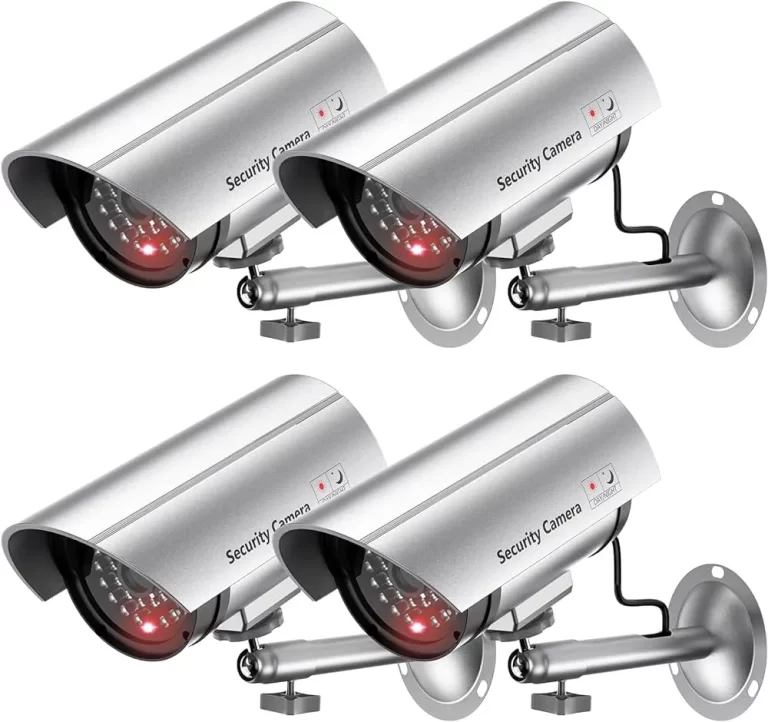Are Toggle Bolts Stronger Than Anchors?
Both toggle bolts and anchors serve the purpose of providing stability and support to objects mounted on walls, but they differ in their design and function. In this article, we will delve into the topic of toggle bolts and anchors, exploring their strengths, weaknesses, and applications. By the end, you’ll have a clear understanding of which option is best for your specific needs.
What Are Toggle Bolts?

Toggle bolts, also known as butterfly bolts, are a type of fastener that provides strong support in hollow walls. They consist of two main components: a threaded bolt and a pair of wings. The wings are typically made of metal or plastic and are attached to the bolt.
When the toggle bolt is inserted into a pre-drilled hole in the wall, the wings fold back and expand inside the wall, creating a firm grip.
Toggle bolts are highly effective in hollow walls because they distribute the weight over a larger surface area, reducing the risk of damage or failure. This makes them suitable for hanging heavy items such as shelving units, mirrors, and cabinets.
However, it’s important to note that toggle bolts may not be as effective in solid or thick walls, as they rely on the hollow cavity for proper installation and support.
What Are Anchors?

Anchors, on the other hand, are versatile fasteners used in a variety of wall types, including drywall, concrete, and brick. They are designed to provide stability and support by spreading the load over a larger area.
Anchors come in different forms, such as expansion anchors, sleeve anchors, and plastic anchors, each suited to different wall materials and weight requirements.
Expansion anchors are commonly used in concrete or masonry walls. They consist of a sleeve and a cone-shaped plug.
When the anchor is inserted into a pre-drilled hole, the sleeve expands as the plug is driven into it, creating a secure hold. Sleeve anchors are ideal for heavy-duty applications, including hanging large artwork or installing heavy fixtures.
Are Toggle Bolts Stronger Than Anchors?

Determining whether toggle bolts are stronger than anchors depends on various factors, including the type of wall, the weight of the object being hung, and the specific application.
Both toggle bolts and anchors have their strengths and weaknesses, and the choice between them ultimately comes down to the specific requirements of your project.
Toggle bolts are known for their exceptional strength in hollow walls. Due to their design, they distribute the weight over a larger area, reducing the strain on the wall and providing a solid hold.
This makes them especially suitable for heavy items that need to be securely mounted. Anchors, on the other hand, offer versatility and can be used in a wide range of wall types.
While they may not provide the same level of strength as toggle bolts in hollow walls, they excel in solid walls and can support significant weight when properly installed.
Anchors are available in different sizes and materials, allowing you to choose the most appropriate option for your specific needs.
To provide a clearer understanding, let’s compare the two options in different scenarios:
1. Hollow Walls
When dealing with hollow walls, toggle bolts are generally the stronger choice. They have a larger gripping area and can support heavy objects securely.
However, it’s crucial to ensure the wall material is suitable for toggle bolt installation and that the weight is within the recommended limits.
2. Solid Walls
In solid walls, anchors tend to be the preferred option. They provide reliable support and can handle substantial weight when the appropriate anchor type and size are used.
Expansion anchors are particularly effective in concrete or masonry walls, while plastic anchors work well in drywall.
3. Weight Considerations
If you’re hanging a relatively lightweight object, such as a small picture frame or a towel rack, either toggle bolts or anchors can be used.
However, for heavier items like shelves or cabinets, toggle bolts are generally the stronger choice due to their ability to distribute weight more effectively.
4. Specific Applications
Consider the specific application and the environment in which the fastener will be used. For example, if you’re hanging an object in an area prone to vibrations or movement, such as near a door or in a high-traffic hallway, toggle bolts may provide better stability and resistance.
Ultimately, the strength of toggle bolts and anchors is relative to the specific requirements of your project. It’s essential to consider factors such as wall type, object weight, and intended use when making your decision.
Conclusion
In conclusion, the choice between toggle bolts and anchors depends on several factors, including the type of wall, the weight of the object, and the specific application.
Toggle bolts are generally stronger in hollow walls, where they excel at distributing weight and providing secure support. Anchors, on the other hand, offer versatility and can be used in a variety of wall types, providing reliable support for both lightweight and heavy objects.
READ ALSO!!!






